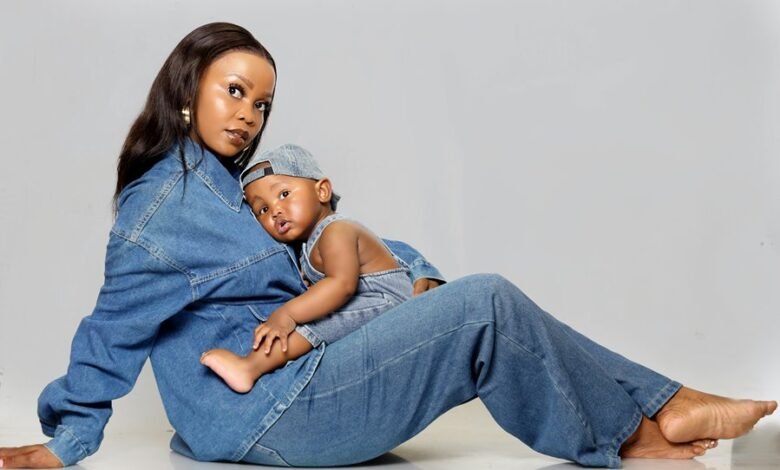Native Hair Care Lawsuit: Legal Insights and Impacts

The Native Hair Care Lawsuit serves as a critical examination of the intersection between Indigenous cultural practices and contemporary intellectual property laws. This case reveals the inadequacies of existing legal frameworks in protecting the unique cultural expressions tied to hair within Indigenous communities. As the lawsuit progresses, its implications may resonate across the beauty industry, prompting a reevaluation of cultural appropriation and Indigenous rights. The outcome could redefine the relationship between cultural heritage and commercial interests.
Understanding the Cultural Significance of Hair in Indigenous Communities
Although hair might appear to be a mere physical attribute, it holds profound cultural significance in Indigenous communities.
Hair symbolizes cultural identity, often reflecting ancestral ties, spiritual beliefs, and communal values. The styles and lengths of hair can convey messages about an individual’s heritage and life experiences, serving as a powerful emblem of resistance and pride within these communities, reinforcing their unique cultural narratives.
Legal Framework Surrounding Intellectual Property and Cultural Appropriation
The intersection of cultural identity and legal frameworks raises important questions regarding intellectual property and cultural appropriation, particularly as they pertain to Indigenous communities.
Current intellectual property laws often inadequately protect Indigenous cultural expressions, leading to unauthorized use by non-Indigenous entities.
This gap highlights the need for legal reforms that respect cultural heritage while addressing the complexities of cultural appropriation in today’s society.
Potential Impacts on the Beauty Industry and Indigenous Rights
As the beauty industry increasingly incorporates Indigenous cultural elements into its products, the potential impacts on Indigenous rights become a critical concern.
This trend raises questions about the appropriation of cultural heritage and its influence on beauty standards.
Failure to acknowledge Indigenous contributions could lead to exploitation, undermining both the integrity of cultural expressions and the rights of Indigenous communities in the beauty marketplace.
Conclusion
The Native Hair Care Lawsuit serves as a crucial turning point, illuminating the intricate landscape of cultural identity intertwined with legal frameworks. Like a tapestry woven from threads of heritage and innovation, this case advocates for a protective shield around Indigenous practices, urging the beauty industry to respect and honor these traditions. In navigating the crossroads of cultural expression and commercial enterprise, the lawsuit not only seeks justice but also fosters a deeper understanding of the significance of hair in Indigenous communities.





